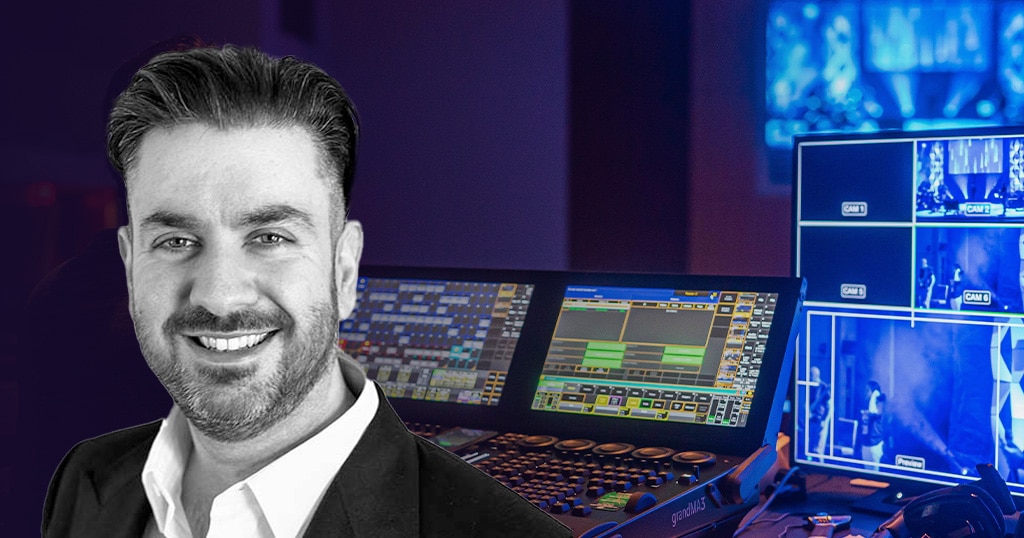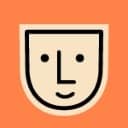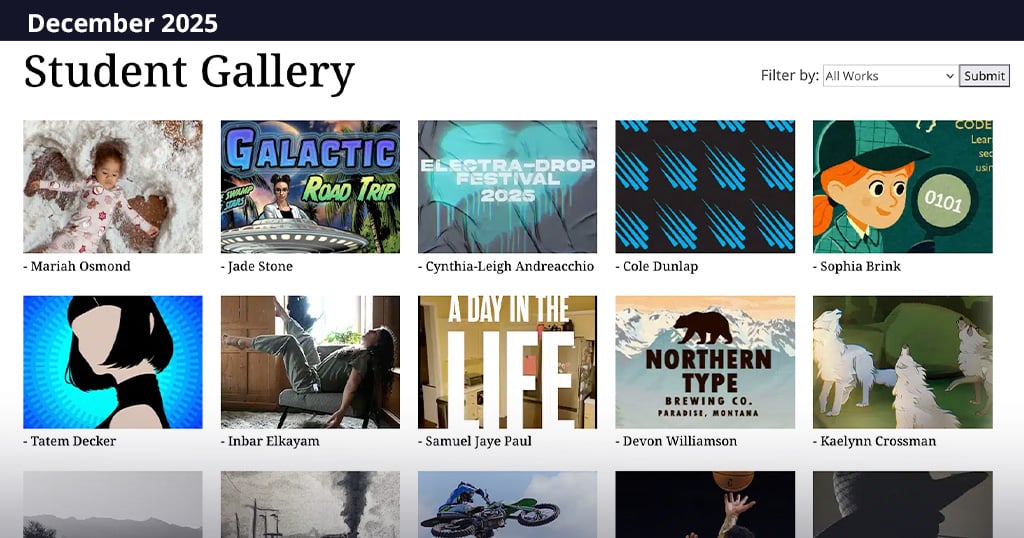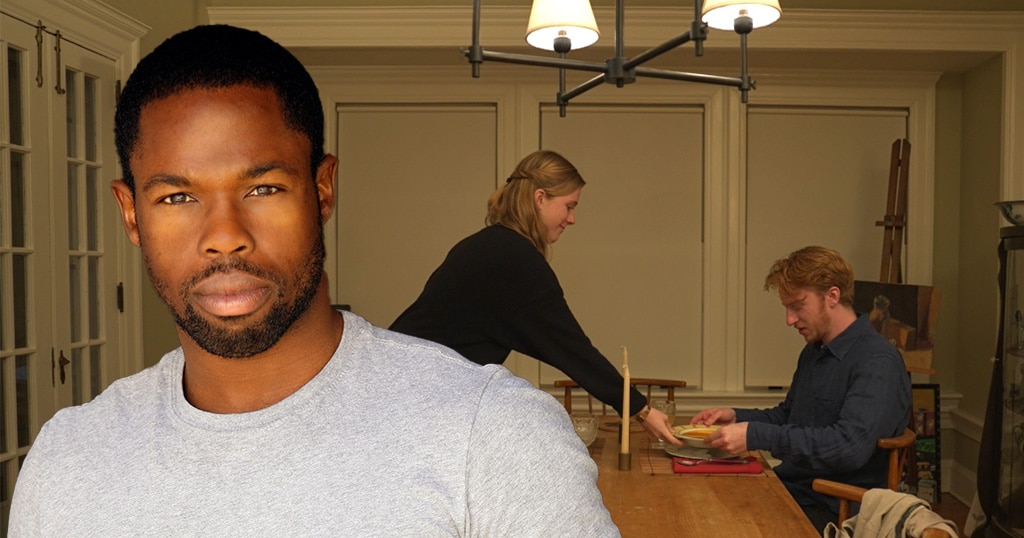Advisory Sessions: Showcasing Your Creativity to Employers

In this interview, we asked Deniz about current employment trends in the design field.
Q: What type(s) of companies are hiring in your industry?
We typically see cycles of large agency hiring opposite of corporate hiring. Right now it’s a bit of a mess as businesses try to gauge where the market is going. Due to the uncertainty, you’re seeing a drawback on conventional hiring and really only seeing positions open up when absolutely necessary. This means that you get a more arbitrary mix of companies hiring, everyone from individuals to large corporations.
Q: How does a job applicant stand out from the crowd?
I always say this and it sounds cliché, but do good work. They’re paying for your vision and creativity, so get creative! At the lower end, know how to work industry standard tools like Photoshop and Illustrator but don’t become married to them as well—tools and software will come and go. Understand the audience you’ll be designing for—social media, advertising, and so on.
Q: What software or technical skills does an aspiring designer need? What foundational and professional skills?
You need to see fluent use of the Adobe Suite. There’s more cross over with designers being expected to take on light motion work so being able to make GIFS and such doesn’t hurt.
You want to see the applicant understands design principles: Color theory, composition, creating nuanced balanced designs around a given mood, tone, concept. You can draw this on a napkin—this is a thinking exercise, not a demonstration of tooling.
In terms of project experience, I’d be looking for examples of ad layout, posters, print media, website layout, and branding. These are pretty common.
Q: In your industry, what types of portfolio projects do you expect to see?
I like to see an online or in person portfolio—it doesn’t matter which. But just to get a sense of their style and how they creatively think. Show the ability to solve problems with design and creativity. No one expects a reel of huge brand work—it can be all personal stuff that you did out of love for the industry. Show how you arrived at the final product, it can be rough and unpolished. I find those are best for showing how someone thinks.
In a portfolio, usually 3-5 personal works are good enough. Some creatives are good at variety, some are better at a specific skill. There is a place for both and are equally important. If you’ve done work for hire then great, show it! If not, don’t be discouraged, everyone starts somewhere. We wanna see how you think!
Q: Finally, how are professionals in your industry using AI tools, and what should aspiring designers know about AI?
Designers are definitely using AI to brainstorm or crank out parts that are tedious like backgrounds and such.
With AI, as with anything, over-reliance can be troublesome. We must make sure we don’t lose the principles of design. We can collaborate with AI, but must not lose sight of our end goal and leveraging appropriate tools to arrive there. We must also be aware of companies using creative from individuals to train AI models. Some can be very deceptive in how they go about attaining permission, and I believe there needs to be better transparency and “opt-out” agreements similar to GDPR in the EU.
In my own work, I haven’t seen a massive benefit yet. We’re always open to using new technologies to propel the quality of our work, but quality is key. Learn to use it but don’t let it hinder your personal creative growth. Learn to be the designer not the “prompt-generator.”
To learn more about the industry pros that make up the Sessions College Advisory Board, visit the Advisory Board page. The Advisory is a team of senior professionals who provide workplace assessment and program review feedback to ensure that our programs keep pace with the requirements of a constantly changing industry.

Sessions Staff is a restless soul who loves to share relevant news and design industry information with current and prospective students. Read more articles by Sessions Staff.
RECENTLY ON CAMPUS





